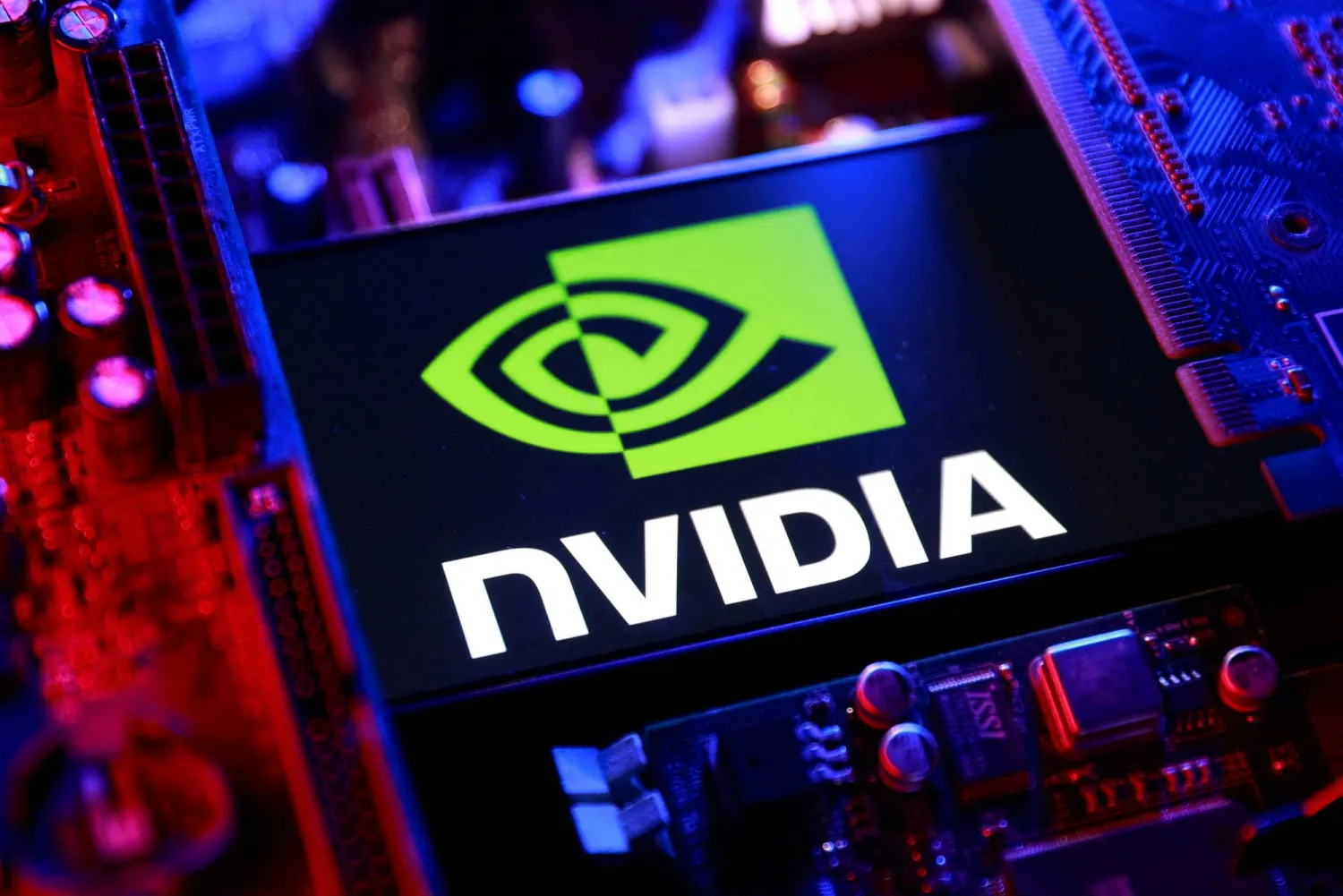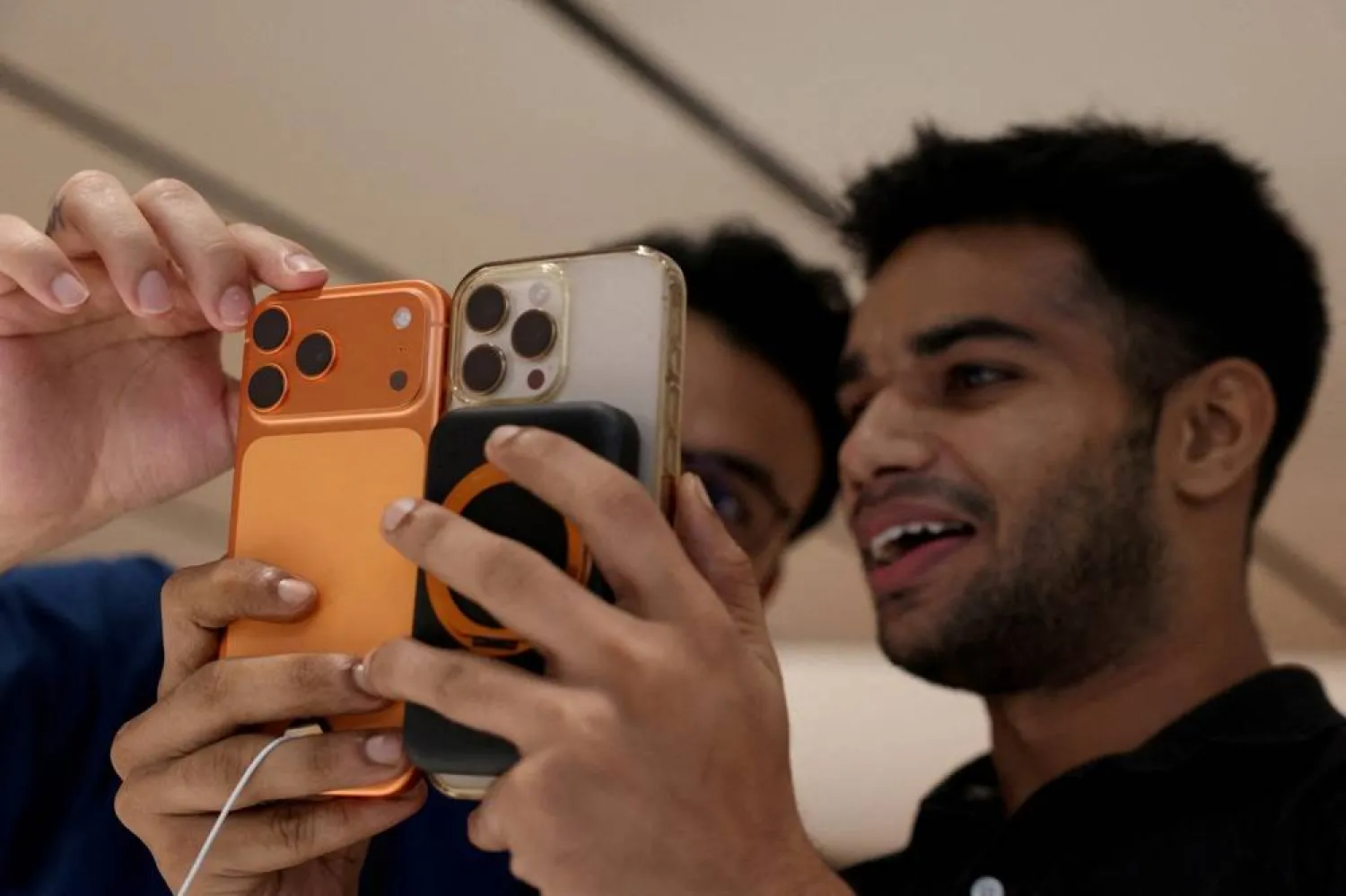Combining two of Italy's delights — coffee and sunshine — a couple of engineers in Rome have created an environmentally friendly way to roast coffee beans without electricity or gas.
Antonio Durbe and Daniele Tummei have spent almost six years building and perfecting their sunlight coffee roaster.
The result is a system that needs a piece of land about the size of half a tennis court and sunny weather to roast up to 50 kilograms (110 pounds) of coffee an hour.
The plant is run entirely by energy from the sun. Sunrays are concentrated by a set of mirrors on a coffee roaster and even the few electrical parts are powered by a small solar panel. Sensors controlled by a computer allow the mirrors to follow the sun throughout the day and focus its light on a rotating steel basket that contains the fresh coffee beans. The basket reaches peak temperatures of about 240-250 C (450-480 F), depending on the sun's brightness, and can roast the beans in 20 minutes.
The process isn't only environmentally friendly and economically convenient. According to Durbe and Tummei, it also better preserves the coffee’s aroma, giving it a richer flavor. Unlike conventional hot air ovens, which are typically gas-powered, the concentrated sunlight roasts the coffee without heating the air around it — by penetrating the grains in a more uniform way and without burning the exterior.
Naturally, the system does depend on good weather. On cloudy days or after sunset, coffee lovers need to turn elsewhere.
However, in sunny southern Italy, a plant with 40 mirrors is capable of roasting up to 30,000 kilograms (66,000 pounds) of coffee a year, saving about 60,000 kilowatt-hours of electricity, according to the inventors.
Their Purosole, or pure sun, coffee can be bought online, but the main goal of the inventors is selling their solar coffee roasting plants to small businesses who are sensitive to the environment. Right now, they are operating their plant in the garden of a friend.
The system can be put to other uses as well. At the end of a long work day, Durbe and Tummei place a grill in in front of the mirrors to prepare some delicious sunlight barbecue.









